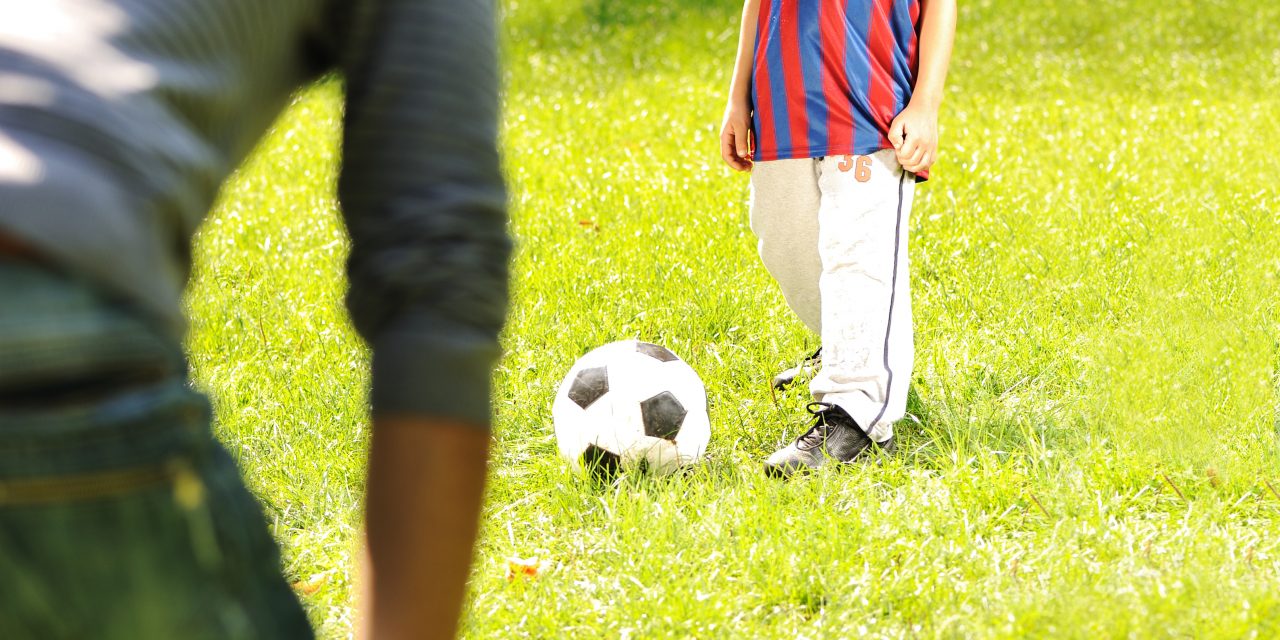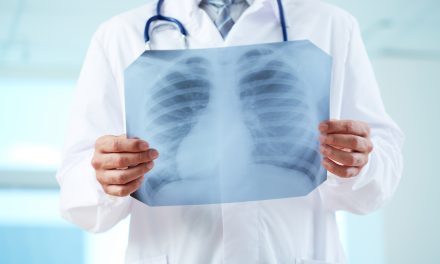
Helping the Active Parent

Case Study: An 18-year-old high school tennis player comes to your office complaining of new pain in the right (dominant) shoulder. She has been your patient for 12 months. Duration of this complaint is 2 weeks and with no known trauma. In addition to pain, paresthesias in the posterior upper arm and lateral shoulder are described. The state qualifier tournament is coming up and she wants to be at her best and for you to fix her shoulder. Upon examination, you find that her pain is located in the posterior aspect of her shoulder and is tender to palpation. The cervical and thoracic spine examination are entirely normal. Testing the shoulder, you find a weakness with pain on abduction and external rotation. No atrophy present. Deep tendon reflexes are normal. Tests for subacromial impingement are negative. No sulcus is seen. Shoulder x-rays are normal. Given this information, what are you thinking and how do you best proceed?
Atrophy is not typically expected to be seen within the first two weeks of onset. This fact opens up the diagnostic possibility considerably. Given the paresthesias, a nerve disorder should be considered. Bone disease is possible. The sign/symptom profile doesn’t really fit infection or illness. No reports of night-time pain, weight loss, fever or other constitutional symptoms. Overuse from tennis is possible.
You reconsider the exam findings: tenderness in the proximal triceps, teres minor, teres major. Palpation in this region hits the bullseye/reproduces the pain complaint. It dawns on you that you read about this type of presentation in the ICS Journal and remember a diagnosis called Quadrilateral Space Syndrome (QSS). The quadrilateral space is an anatomic region with the following four borders: teres minor (top), teres major (bottom), long head of triceps (medial) and humerus (lateral). The contents of the quadrilateral space are the axillary nerve (C5, C6) and the humeral circumflex artery. Until the common use of MRI, the definitive diagnostic procedure was arteriogram. MRI studies of QSS have shown that this condition can be precipitated by paralabral cysts from the glenohumeral joint, inferior labral tears and less commonly tumors. More commonly, QSS is an overuse syndrome in athletes whose sports require repetitive overhead arm motions.
Now comes the tricky part: telling the patient your treatment plan. The condition, like nearly all other repetitive motion disorders, requires some rest. Remember that big tournament? At 18 years old, this is her senior year and the last chance for glory. Are you seriously going to tell her that her career is over? These are tricky situations and require tact, parent/peer support, thoughtfulness and sensitivity to the situation. You might risk losing the patient. Time to be the doctor. As I have matured as a physician, I handle these situations better now than I would have in the past, but still don’t enjoy them. Here is how I handled a similar situation and how I documented treatment options:
What strategy gives the patient the best chance of full recovery?
Cessation from tennis and rehabilitation therapy. The compromise: Participate in footwork and physical conditioning drills for 2 weeks while the shoulder is rested from sports and initiate therapy in the office and collectively make a decision nearer the tournament as to the appropriateness of participation.
What strategy puts the condition at greatest risk for chronicity, permanency or surgery?
Disregarding cessation advice and continuing tennis participation and tournament play with no therapy. Luckily, in this case, the patient and parents chose option #1 and a good clinical outcome was obtained. She went on to a college scholarship. Frequently, it’s not the child athlete that needs to be convinced to rest, it’s the parents. It is critical that the doctor not buckle from his/her convictions. I’ve sat through tears, been yelled at, been minimized and laughed at for being my patient’s advocate…all from overzealous, myopic parents. It comes with the job.
QSS rehabilitation commonly includes skilled tissue work (Graston, ART), modalities, strapping, stretching and strengthening. Return to sports is unique to the patient’s recovery. QSS from overuse is a diagnosis that can typically be resolved in 3-6 months of good treatment and provocative activity cessation. Some cases do require surgical decompression, typically because of a space-occupying lesion or intraspace fibrous bands.
Submitted by David W. Flatt, DC, DABCO. Dr. Flatt is a board certified chiropractic orthopedist and a Partner at Greater Valley Medicine in St. Charles, Illinois.


















